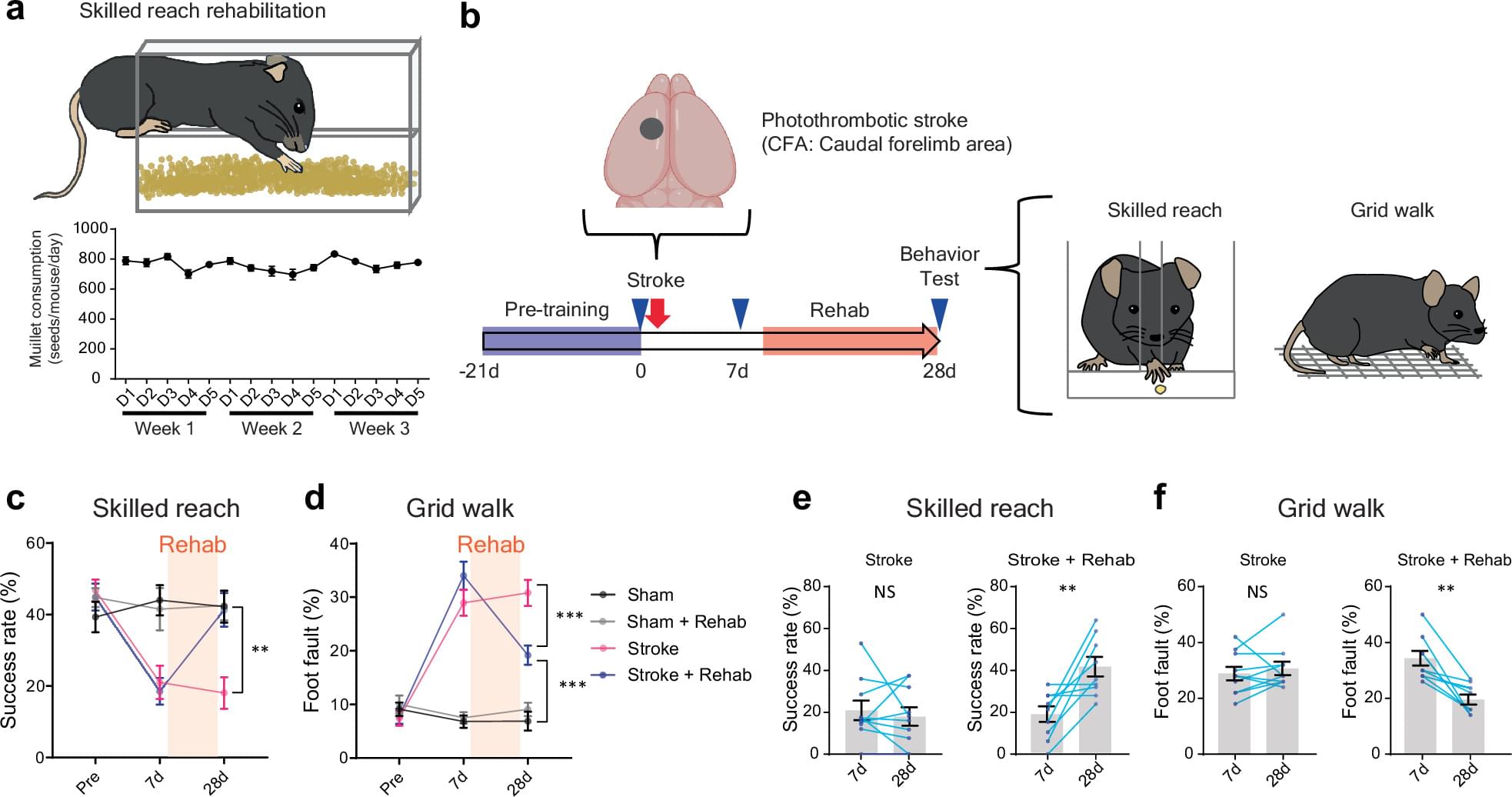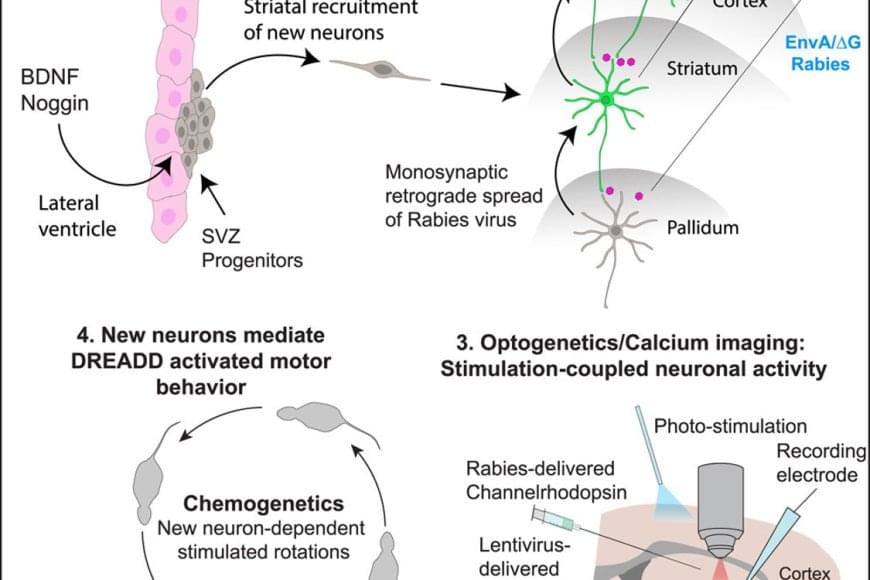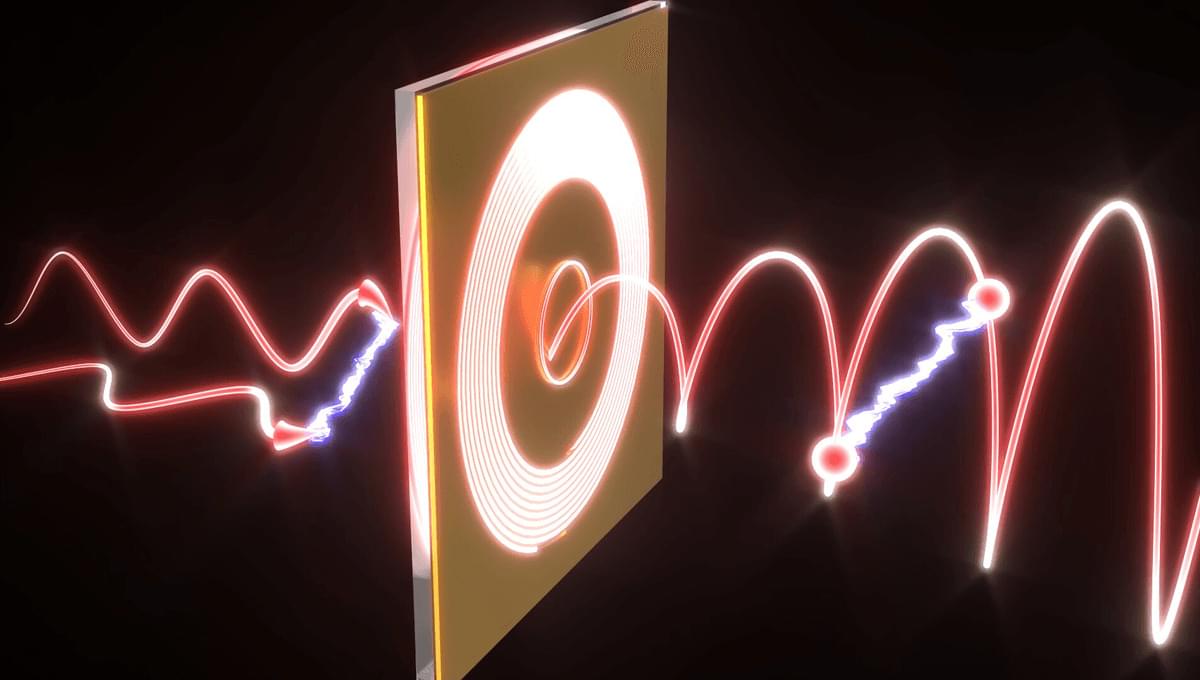How does climate change influence how birds can adjust to different climate conditions worldwide? This is what a recent study published in Nature Communica | Earth And The Environment



How can electronic “skin” help advance the electronics and computer industry? This is what a recent study published in Nature hopes to address as a team of researchers from the Massachusetts Institute of technology (MIT) and funded by the U.S. Air Force Office of Scientific Research developed an ultrathin electronic “skin” that can sense heat and radiation. This study has the potential to expand the electronics industry by enhancing wearable and imaging devices used on smaller scales than at present.
For the study, the researchers designed and built a pyroelectric (temperature changes to create electric current) material that is only 10 nanometers thick while exhibiting superior sensing capabilities for wide ranges of heat and radiation. To accomplish this, the team conducted a series of laboratory experiments to verify the material’s capabilities, including using the material on a computer chip that measured approximately 60 square microns (approximately 0.006 square centimeters) and comprised of 100 ultrathin heat-sensing pixels. The pixels were then subjected to temperature changes to demonstrate its ability to measure those changes, which the researchers noted was successful.
“This film considerably reduces weight and cost, making it lightweight, portable, and easier to integrate,” said Xinyuan Zhang, who is a PhD student in MIT’s Department of Materials Science and Engineering (DMSE) and lead author of the study. “For example, it could be directly worn on glasses.”

UCLA researchers have made a significant breakthrough in stroke rehabilitation by developing a drug, DDL-920, that replicates the effects of physical therapy in mice. This discovery could pave the way for new treatments that enhance recovery for stroke patients.
Key Findings:
- Understanding Stroke-Induced Brain Disconnection: The study revealed that strokes can disrupt brain connections far from the initial damage site, particularly affecting parvalbumin neurons. These neurons are crucial for generating gamma oscillations—brain rhythms essential for coordinated movements.
- Role of Physical Rehabilitation: Physical therapy was found to restore gamma oscillations and repair connections in parvalbumin neurons, leading to improved motor functions in both mice and human subjects.

New research shows that the adult brain can generate new neurons that integrate into key motor circuits. The findings demonstrate that stimulating natural brain processes may help repair damaged neural networks in Huntington’s and other diseases.
“Our research shows that we can encourage the brain’s own cells to grow new neurons that join in naturally with the circuits controlling movement,” said a senior author of the study, which appears in the journal Cell Reports. “This discovery offers a potential new way to restore brain function and slow the progression of these diseases.”
It was long believed that the adult brain could not generate new neurons. However, it is now understood that niches in the brain contain reservoirs of progenitor cells capable of producing new neurons. While these cells actively produce neurons during early development, they switch to producing support cells called glia shortly after birth. One of the areas of the brain where these cells congregate is the ventricular zone, which is adjacent to the striatum, a region of the brain devastated by Huntington’s disease.
AI models could help fight disease—but they also pose a deadly risk if weaponized by non-experts.
This idea puts a morbid twist on quantum theory, suggesting that a copy of you may remain alive, no matter what.


However, when photons are contained within structures that are smaller than their wavelength, these measures collapse into each other, and so the definition is of total angular momentum (TAM). It’s this feature, only occurring for photons confined in this way, that has now been entangled for the first time.
Researchers at Technion-Israel Institute of Technology used gratings to confine photons within a circular or spiral nanoscale platform and mapped their states, entangling the TAMs of pairs of photons before scattering them to free space. Entangling TAMs might seem like a minor development, seeing that SAMs and OAMs have each been entangled before, but the authors write: “We observe that entanglement in TAM leads to a completely different structure of quantum correlations of photon pairs, compared with entanglement related to the two constituent angular momenta.”
Quantum entanglement is considered key to quantum computing. The authors propose their work could lead to information processing conducted using the entangled TAMs of photons confined to chips. Entangling TAMs allows quantum processors based around photons to be smaller than would be possible if one of the properties that only emerges under less confined conditions was used. That potentially enables the miniaturization of future quantum computers.
What if humanity’s future isn’t on Earth—or even other planets—but in colossal artificial worlds built in space? In this episode, we explore the O’Neill Cylinder, a visionary space habitat that could house millions, serve as interstellar arks, and transform the cosmos into a network of orbital civilizations. Join us as we dive into the design, potential, and profound societal implications of these Islands in the Sky.
Watch my exclusive video Post-Consciousness Civilizations: https://nebula.tv/videos/isaacarthur–… Nebula using my link for 40% off an annual subscription: https://go.nebula.tv/isaacarthur Get a Lifetime Membership to Nebula for only $300: https://go.nebula.tv/lifetime?ref=isa… Use the link gift.nebula.tv/isaacarthur to give a year of Nebula to a friend for just $30. Visit our Website: http://www.isaacarthur.net Join Nebula: https://go.nebula.tv/isaacarthur Support us on Patreon: / isaacarthur Support us on Subscribestar: https://www.subscribestar.com/isaac-a… Facebook Group:
/ 1,583,992,725,237,264 Reddit:
/ isaacarthur Twitter:
/ isaac_a_arthur on Twitter and RT our future content. SFIA Discord Server:
/ discord Credits: The O’Neill Cylinder Space Habitat: Islands In The Sky Episode 496; April 24, 2025 Written, Produced & Narrated by: Isaac Arthur Edited by: Briana Brownell Graphics: Anthrofuturism, Apogii.uk, Katie Byrne, Jarred Eagley, Jeremy Jozwik, Justin Dixon, Ken York YD Visual, Sergio Botero, Udo Schroeter Select imagery/video supplied by Getty Images Music Courtesy of Epidemic Sound http://epidemicsound.com/creator Markus Junnikkala, “A Fleet Behind the Moon” Phase Shift, “Forest Night” Kai Engel, “Endless Story About Sun and Moon” Chris Zabriskie, “Unfoldment, Revealment”, “A New Day in a New Sector” Taras Harkavyi, “Alpha and…” Stellardrone, “Red Giant”, “Billions and Billions“
Get Nebula using my link for 40% off an annual subscription: https://go.nebula.tv/isaacarthur.
Get a Lifetime Membership to Nebula for only $300: https://go.nebula.tv/lifetime?ref=isa…
Use the link gift.nebula.tv/isaacarthur to give a year of Nebula to a friend for just $30.
Visit our Website: http://www.isaacarthur.net.
Join Nebula: https://go.nebula.tv/isaacarthur.
Support us on Patreon: / isaacarthur.
Support us on Subscribestar: https://www.subscribestar.com/isaac-a…
Facebook Group: / 1583992725237264
Reddit: / isaacarthur.
Twitter: / isaac_a_arthur on Twitter and RT our future content.
SFIA Discord Server: / discord.
Credits:
The O’Neill Cylinder Space Habitat: Islands In The Sky.
Episode 496; April 24, 2025
Written, Produced & Narrated by: Isaac Arthur.
Edited by: Briana Brownell.
Graphics: Anthrofuturism, Apogii.uk, Katie Byrne, Jarred Eagley, Jeremy Jozwik, Justin Dixon, Ken York YD Visual, Sergio Botero, Udo Schroeter.
Select imagery/video supplied by Getty Images.
Music Courtesy of Epidemic Sound http://epidemicsound.com/creator.
Markus Junnikkala, \
This book dives into the holy grail of modern physics: the union of quantum mechanics and general relativity. It’s a front-row seat to the world’s brightest minds (like Hawking, Witten, and Maldacena) debating what reality is really made of. Not casual reading—this is heavyweight intellectual sparring.
☼ Key Takeaways:
✅ Spacetime Is Not Continuous: It might be granular at the quantum level—think “atoms of space.”
✅ Unifying Physics: String theory, loop quantum gravity, holography—each gets a say.
✅ High-Level Debates: This is like eavesdropping on the Avengers of physics trying to fix the universe.
✅ Concepts Over Calculations: Even without equations, the philosophical depth will bend your brain.
✅ Reality Is Weirder Than Fiction: Quantum foam, time emergence, multiverse models—all explored.
This isn’t a how-to; it’s a “what-is-it?” If you’re obsessed with the ultimate structure of reality, this is your fix.
☼ Thanks for watching! If the idea of spacetime being pixelated excites you, drop a comment below and subscribe for more mind-bending content.